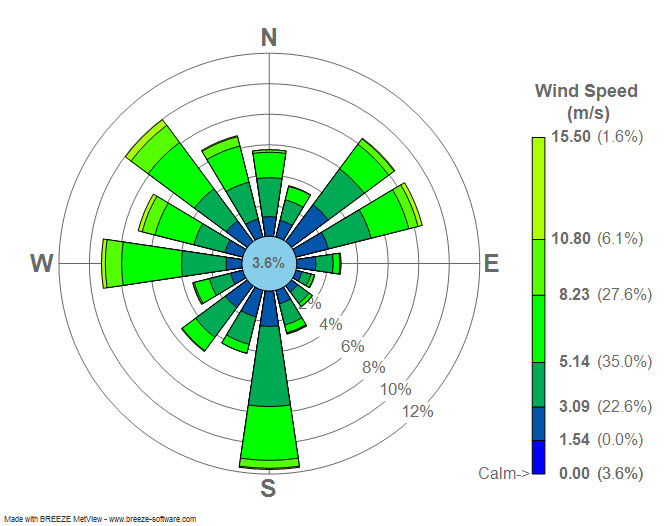This video is purposely done to help our classmate to determine the angle value of the latitude to the sun then to calculate the length of projection require. A sun chart will have plots for the sun's path for a particular day each month. If the times of day on each sun path are connected lines will be drawn that represent the hours of the day. A new sun chart is required to illustrate the sun's path at different latitudes. Figure 1 is an example of a sun chart. Lightroom for mac free. Sun Charts: Projections of Solar Events and Shadowing from the Sky Dome. The emphasis of this lesson is the Sun Chart tool (or Sun Path). These flat diagrams are found in many solar design tools, but may look completely foreign to the new student in solar energy. Polar Projection: takes the sky dome and projects altitude and azimuth values. Sun chart Sun path charts can be plotted either in Cartesian (rectangular) or Polar coordinates. Cartesian coordinates where the solar elevation is plotted on Y axis and the azimuth is plotted on the X axis. The first thing to know is that the stereographic solar chart is a representation of the ecliptic, or sun path on a horizontal plane. However, the paths are directed to a central point, instead of using an orthogonal projection. This singular projection allows us to discern the sun path in the lower latitudes.

Polar Area Chart
Polar Chart Type

Overview

The aim of this app is to let you dynamically interact with various two dimensional Sun-path diagrams. These diagrams all map the sky dome over either a rectangular chart (orthographic) or circular chart (polar), differing only in the location of the zenith point and the trigonometric relationship of each axis. The position and path of the Sun is then projected onto the diagram at different times of the year and shown as indicative lines.
Diagram Types
Sun-path diagrams are used in many different fields, some of which are more interested in what happens near the zenith, and others in what happens nearer the horizon. In order to expand those areas of interest, different types of diagram map altitude in different ways. The Spherical projection expands values at the zenith and contracts the horizon whilst the Sterographic projection does the opposite. The Equidistant projection shows all altitudes the same by using a linear scale.
World Map Overlay
An interesting co-incidental quirk of polar Sun-path diagrams is their direct relationship with a spherical world map of the same radius centered at the geographic location of the site. As you move the site around, the Sun-path on the diagram is exactly coincident with the sub-solar path on the Earth's surface. The term 'sub-solar' means that point where a line drawn from the center of the Earth to the centre of the Sun intersects the Earth's surface. In other words, where the Sun is directly overhead.
Aaliyah rock the boat mp3 juice. Smart hdd for mac. The daily sub-solar path at the two solstices lie on the Tropics of Cancer and Capricorn whilst the equinoxes run very close to the Equator. They won't exactly line up as the sub-solar path actually forms a continuous spiral that winds periodically up and down around the Earth's surface, whereas the Equator and the Tropics are conventionally shown as parallel latitudinal lines.
The Sun-path/sub-solar relationship makes the most sense within the 'Spherical Sun-Path' projection as that is pretty close to how we would visually perceive a spherical world map. All of the other polar projections result in some uncharacteristic distortion that is harder to immediately perceive.
NOTE: This relationship does not extend at all to the orthographically projected 'Cartesian Sun-Path'. The app will still overlay the world map for visual comparison, but it won't make any direct physical sense.
